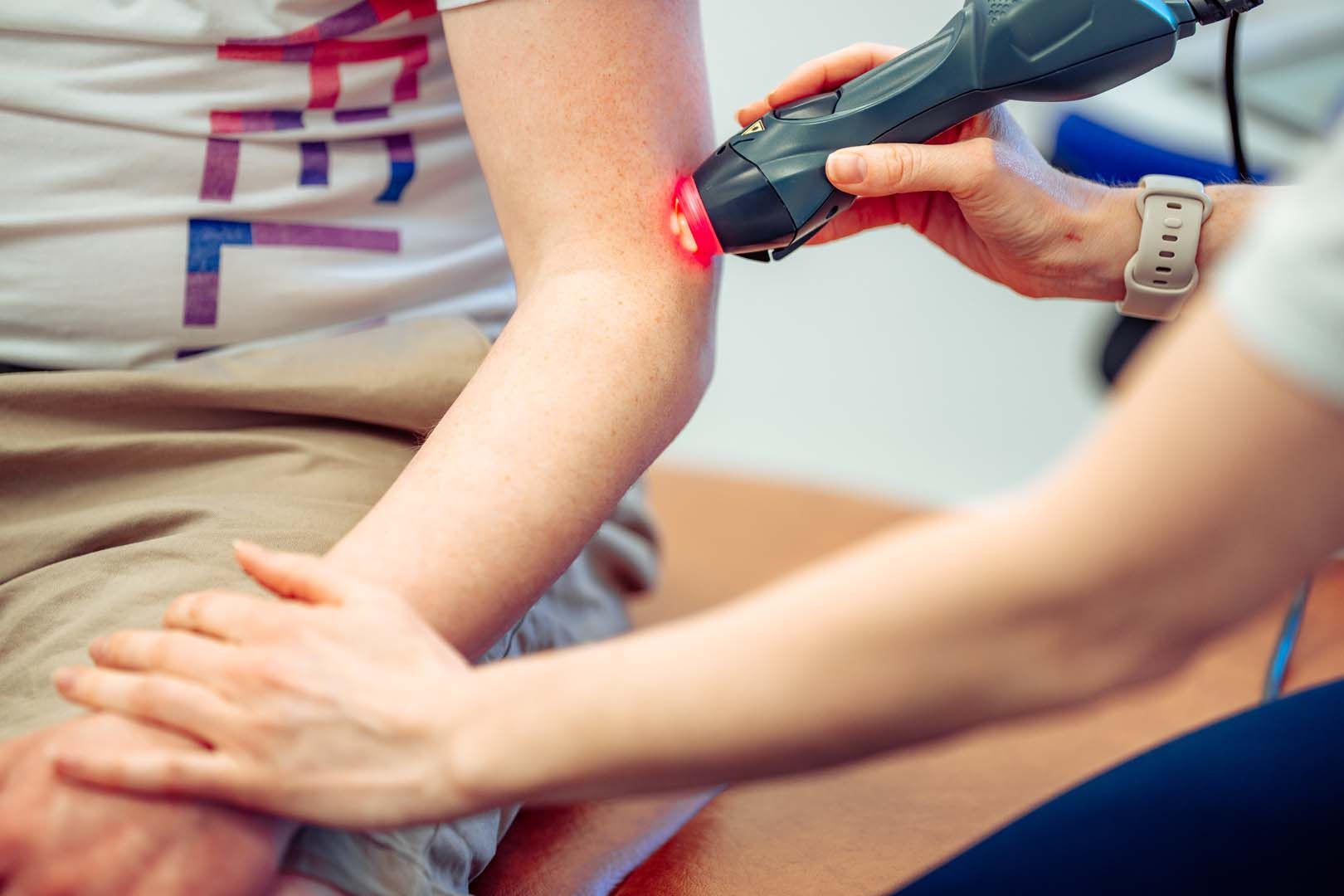TENNIS ELBOW.
A common injury among athletes who play sports that involve repetitive arm motions, such as tennis and golf, but can also affect individuals who engage in manual labor or computer work.
Tennis elbow, also known as lateral epicondylitis, is a condition that causes pain and tenderness on the outside of the elbow. It is a common injury among athletes who play sports that involve repetitive arm motions, such as tennis and golf, but can also affect individuals who engage in manual labor or computer work. Fortunately, physiotherapy can be an effective treatment for
tennis elbow in 40-year-old females.
Physiotherapy for tennis elbow may involve a combination of techniques, including exercise therapy, manual therapy, and modalities such as ultrasound or laser therapy. The goals of physiotherapy are to reduce pain, improve range of motion, and restore function.
One of the most common treatments for tennis elbow is exercise therapy. A physiotherapist can design an exercise program tailored to the individual needs of the patient. This may include stretching and strengthening exercises to improve the flexibility and strength of the muscles in the arm and shoulder.
Manual therapy, such as massage or joint mobilization, may also be used to alleviate pain and improve range of motion. These techniques can help to loosen tight muscles and improve circulation in the affected area.
Modalities like ultrasound or laser therapy can also be used to stimulate healing and reduce inflammation. These treatments are non-invasive and can help to speed up the recovery process.
It's essential for individuals with tennis elbow to take a break from activities that exacerbate their symptoms. A physiotherapist can also provide advice on proper ergonomics, posture, and techniques to reduce the risk of future injury.
In conclusion, physiotherapy can be an effective treatment for tennis elbow in 40-year-old females. A physiotherapist can develop a customized treatment plan to address the individual needs of the patient and help them to reduce pain, improve range of motion, and restore function. It is important to seek professional advice and avoid aggravating activities to facilitate a
faster recovery.


